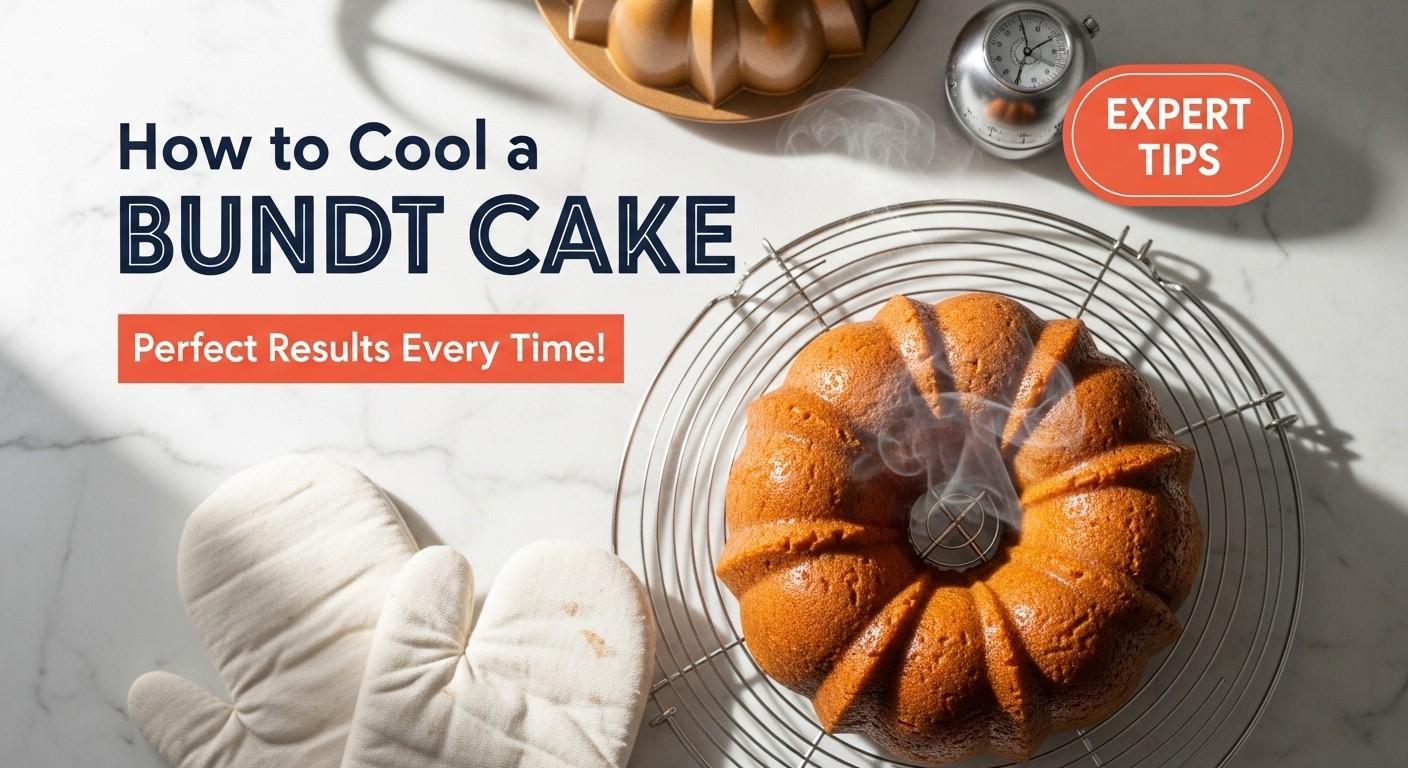
There's something incredibly satisfying about pulling a beautifully baked bundt cake from the oven. The golden crust, the wonderful aroma filling your kitchen—it's almost perfect. But here's where many home bakers stumble: the cooling process. I learned this lesson the hard way when my first bundt cake crumbled into pieces because I rushed the cooling. After countless bundt cakes and plenty of trial and error, I've figured out exactly how to cool a bundt cake properly, and I'm here to share everything I've learned.
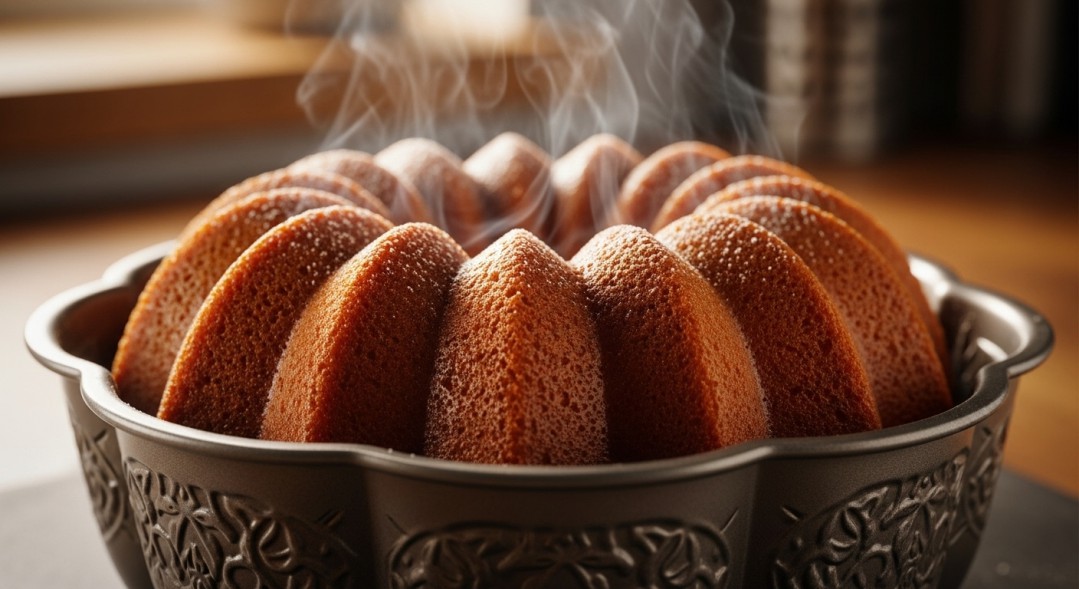
Why Cooling Your Bundt Cake Properly Matters
Let me be honest with you—cooling a bundt cake isn't just about patience. It's about preserving all that hard work you put into mixing, baking, and creating something delicious. When I first started baking bundt cakes, I thought the hard part was over once the cake came out of the oven. I couldn't have been more wrong.
Proper cooling affects everything: the texture of your cake, whether it releases cleanly from the pan, and how it looks when you finally flip it onto your serving plate. Rush this step, and you might end up with a cake that sticks stubbornly to the pan, breaks apart, or develops an unappealing texture. I've been there, staring at chunks of cake still wedged in my bundt pan, wondering where I went wrong.
The Initial Cooling Period: Do You Let Bundt Cake Cool in the Pan?
This is the question everyone asks, and the answer is yes—but only for a specific amount of time. When your bundt cake first emerges from the oven, it's incredibly fragile. The structure hasn't fully set, and the cake is still contracting slightly as it begins to cool.
I've found that letting the cake rest in the pan for about 10 to 15 minutes is the sweet spot. During this cooling time, the cake firms up just enough to handle the flipping process without falling apart. Set a timer—seriously, set one. I got distracted once by a phone call and left my cake in the pan for 45 minutes. The result? It stuck like glue, and no amount of coaxing could get it out cleanly.
Place the pan on a wire rack during these initial minutes. Don't skip the wire rack—setting the hot pan directly on your counter can create uneven cooling and might even damage your countertop. The air circulation underneath the pan is crucial for even temperature distribution.
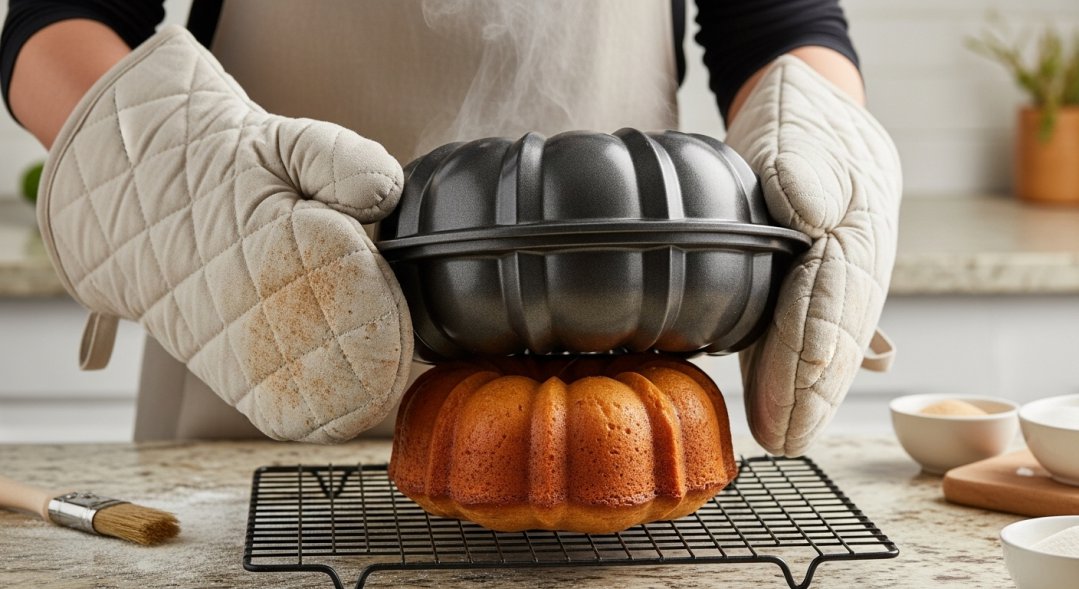
The Critical Release: Getting Your Cake Out of the Pan
After that initial 10 to 15 minute rest, it's time for the most nerve-wracking part: the release from pan. I still feel a little flutter of anxiety every time I do this, even after making dozens of bundt cakes.
Here's my tried-and-true method: Place your wire rack over the top of the bundt pan. Using oven mitts (the pan is still quite hot), flip the whole thing over in one confident motion. Don't hesitate or do it slowly—a quick, decisive flip works best. Then, gently lift the pan straight up. If you've greased and floured your pan properly before baking, the cake should release beautifully.
Sometimes the cake needs a little encouragement. If it doesn't release immediately, don't panic. Gently tap the pan's bottom with a wooden spoon or give it a few light shakes. I've also had success carefully running a thin knife or offset spatula around the edges and center tube before flipping.
Wire Rack Cooling: The Foundation of Success
Once your cake is out of the pan, wire rack cooling becomes your best friend. I cannot stress enough how important this step is. The first time I tried cooling a bundt cake on a plate, the bottom became soggy and the texture was completely off.
A wire rack allows air to circulate all around the cake—top, bottom, and sides. This prevents moisture from accumulating underneath, which is what causes that dreaded sogginess. I keep multiple wire racks in my kitchen specifically for baking projects like this. They're inexpensive and make such a significant difference.
Position your cake so it sits evenly on the rack. Make sure there's space around it—don't crowd it with other items or push it against the wall. The cake needs breathing room for complete cooling.
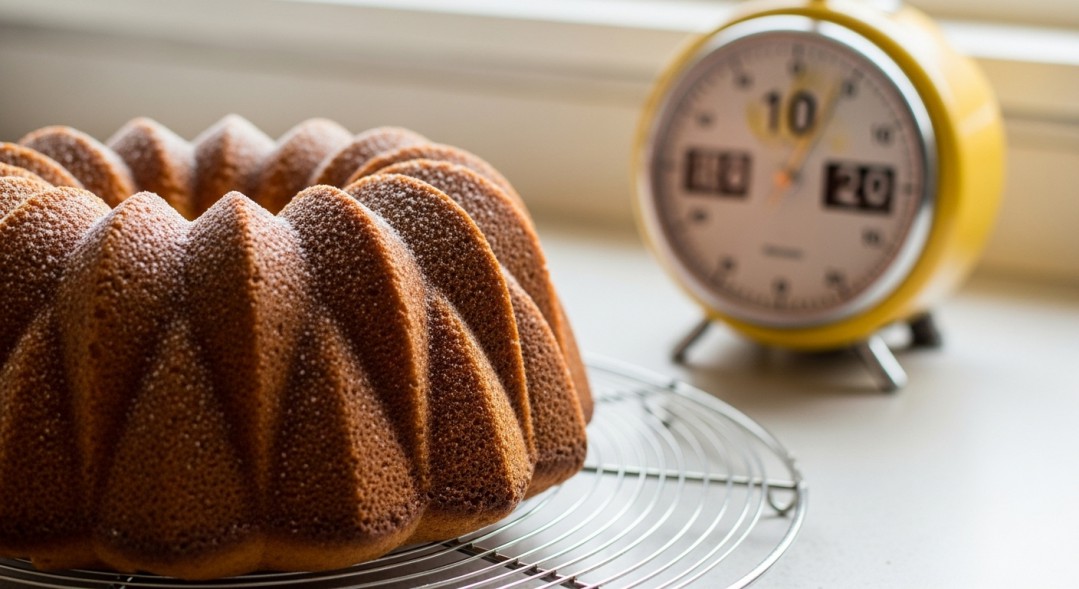
How Long to Cool Bundt Cake: Timing Is Everything
The million-dollar question: how long to cool bundt cake before you can glaze, slice, or serve it? Based on my experience, you're looking at a minimum of two hours for complete cooling. Yes, two full hours. I know that feels like forever when you're excited to dig in or show off your creation, but trust me on this.
The internal temperature of your cake needs to drop to room temperature, which is around 70°F (21°C). Professional bakers often check this with an instant-read thermometer inserted into the center of the cake. Anything above room temperature means your cake is still too warm for glazing or frosting—the glaze will simply melt and slide right off, pooling around the base instead of coating the cake beautifully.
I usually bake my bundt cakes in the morning if I need them for an afternoon event, or the night before if I'm serving them the next day. This built-in waiting time has saved me from many potential disasters.
Preventing Sweating: Environmental Factors Matter
Here's something I wish someone had told me earlier: the environment where you cool your cake matters tremendously. Cooling bundt cake in a humid kitchen or covering it too soon can lead to "sweating," where condensation forms on the cake's surface, making it sticky and unappetizing.
I learned about preventing sweating the hard way during a particularly humid summer. My beautiful chocolate bundt cake developed a weird, wet film that refused to dry. Now I'm much more strategic. If your kitchen is humid, consider running the air conditioning or setting up a fan to improve air circulation. Just don't point the fan directly at the cake—you want gentle air movement, not a wind tunnel.
Never cover your bundt cake while it's still warm. I know it's tempting to protect it from kitchen debris or curious pets, but covering a warm cake traps steam and creates moisture problems. Wait until the cake reaches room temperature before covering it with a cake dome or plastic wrap.
Can You Leave Cake in Bundt Pan Overnight?
I get asked this constantly, and my answer is always the same: no, you shouldn't leave cake in bundt pan overnight. While it might seem convenient to delay the flipping process, leaving the cake in the pan for extended periods causes several problems.
First, the cake continues to steam in the pan, which can make it soggy. Second, as the cake cools and contracts, it might actually start sticking more firmly to the pan, making release even more difficult. Third, the longer the cake sits in contact with the metal pan, the more likely you'll end up with uneven texture or unusual coloring.
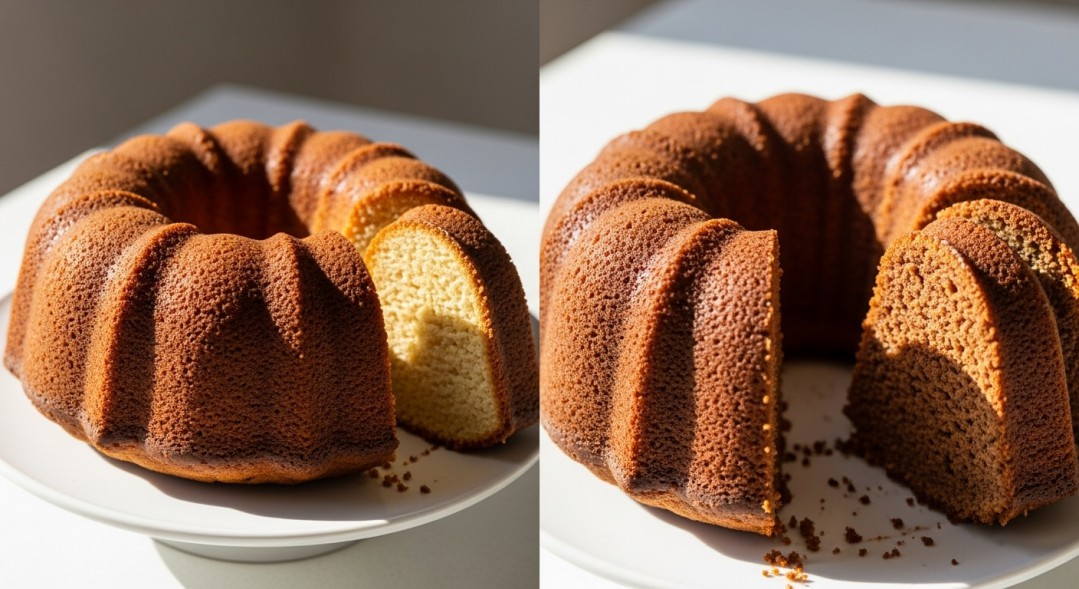
I've tested this theory more than once (sometimes unintentionally, when life got busy), and the results are consistently disappointing. The 10 to 15 minute initial cooling time really is optimal—not shorter, and definitely not overnight.
Final Thoughts: Patience Pays Off
Learning how to cool a bundt cake properly has transformed my baking results. These cakes are stunning centerpieces for any gathering, but only if you give them the time and attention they need during the cooling process. The complete cooling time might feel inconvenient, but the payoff—a beautiful, intact cake with perfect texture—is absolutely worth it.
Now when friends compliment my bundt cakes, I know the secret isn't just in the recipe or the baking. It's in those crucial hours after the oven timer goes off, when patience and proper cooling technique turn a good cake into a great one. Take your time, follow these steps, and your bundt cakes will be worthy of every compliment they receive.
Leave a Reply